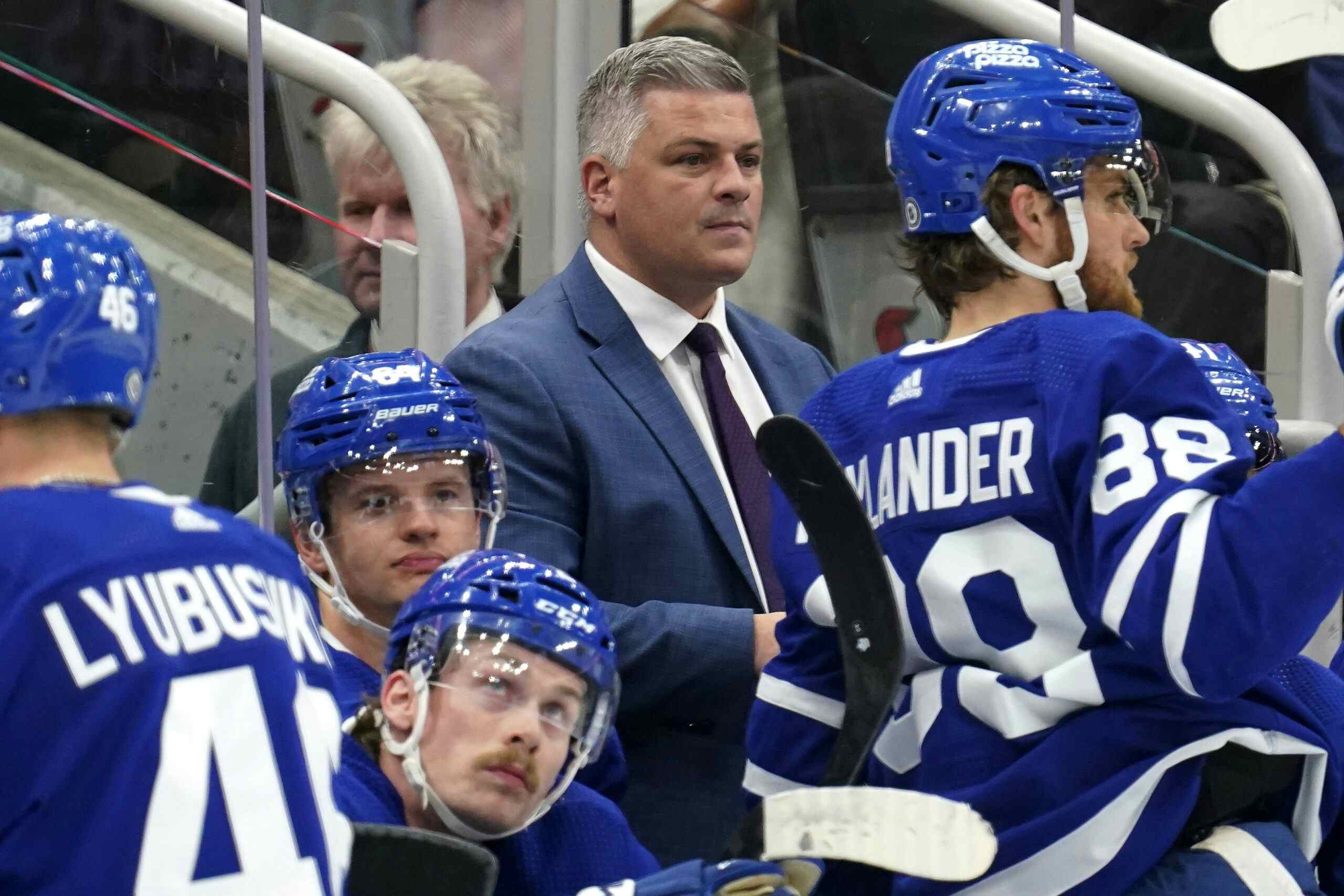Remaking The Leafs’ Penalty Kill

More traffic on the powerplay will help…
After continuing a string of horrific special teams results last year, Brian Burke took action this summer. Out went Tim Hunter and Keith "No Discernible Role" Acton and in came Greg Cronin and Scott Gordon. James Mirtle looked at the impact that both have had in a short time on what is accept as one of the team’s most pressing areas of concern:
Chief among the duties the revamped coaching staff has is to fix Toronto’s penalty kill, which was 28th in the NHL last season and dead last in both 2009-10 and 2008-09.
But just how much of an impact will any improvements have on the team’s chances this year?
Two years ago, the Leafs had one of the worst Special Teams Efficiency ratings (powerplay percentage plus penalty kill percentage) of all-time. And last year was not much better. If there’s any light at the end of the tunnel it is that the Leafs were able to improve from a mark of 88.35 to 93.4. Much of this is probably attributable to James Reimer’s save percentage while down a man. While it wasn’t quite the tally of a world beater it certainly eclipsed the atrocious percentages that his battery mates Jonas Gustavsson and Jean-Sebastien Giguere were able to post.

One of the big changes that the team seems to be making to the penalty kill is that they are using their forwards’ speed to pressure the puck all the way down the ice and causing more traffic in the neutral zone:
So far in camp, Wilson and Co. are attempting to accomplish that by using all four penalty killers to clog the neutral zone, making it more difficult for teams to enter their zone when playing with the man advantage.
In terms of impact, one thing that will limit the success of an improved penalty kill will be the Leafs’ discipline. Last year they were the ninth least penalized team in the NHL as they were only shorthanded 275 times. The league average was 291 times. The team coughed up 62 goals behind their 77.4% success rate. The average penalty kill percentage last year was 81.96%. If the Leafs had reached that mark they would have given up 50 goals. Based on the generally accepted assumption that each six goals worth of goal difference equals a win, the 12 goal swing would have netted the Leafs two more wins or four more points. That would represent half of the gap that they needed to make up last year. If they had matched the average of the top ten penalty killing teams (84.79%) the marginal gain would have only been three more goals.

While there is certainly room for improvement, it’s impact will be that much more important if the Leafs suddenly reverse their pattern of reducing the number of times they are shorthanded. On the personnel side, a few stalwarts will remain. Luke Schenn and Dion Phaneuf will continue to eat up minutes. Where it becomes interesting is where new addition Cody Franson fits in as well as how the battle in training camp plays out. Carl Gunnarsson and Keith Aulie played the 2nd and 3rd most minutes last year of the defencemen that are returning while Cody Franson is on the record as wanting a chance to pick up a role he had played before his arrival in Nashville. And of course, whether David Shoalts is correct or not, Mike Komisarek will also be an option for the Maple Leafs on the penalty. Up front, you can probably guess at who will form part of the penalty killing brigade – Darryl Boyce, Colby Armstrong, and Tyler Bozak return from last year’s most frequently used forwards – but it’s been interesting to see Wilson experiment with using more offensive players like Nikolai Kulemin and Mikhail Grabovski. They are quick and dangerous and Grabbo showed that with a shorthanded goal last night after he stripped two Senators’ trying to move the puck through the neutral zone.
In the end, the truism that a team’s most important penalty killer is the goalie will obviously hold true for the Leafs. However, Cronin and Gordon are focused on changing what, in the words of Brian Burke and the eyes of Leafs fans watching, had become a stale and predictable penalty kill. If the preseason is any indication, pressure on the puck for the entire length of the ice will be the new calling card of the penalty kill. Unfortunately, the change hasn’t been quick enough in coming.
Recent articles from Pension Plan Puppets





